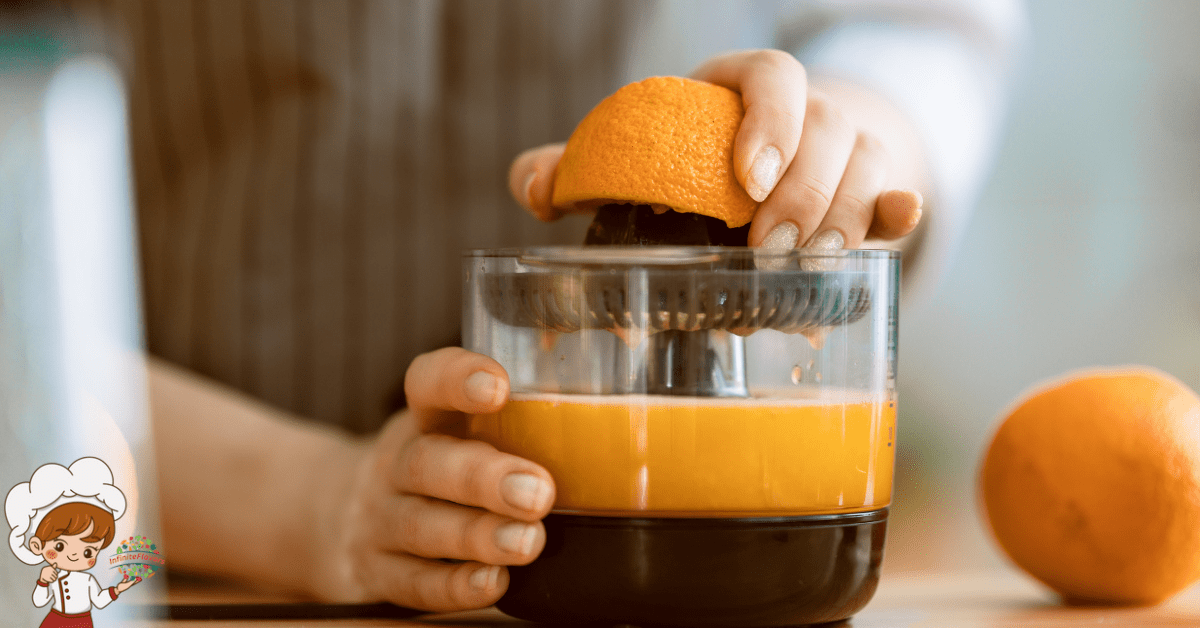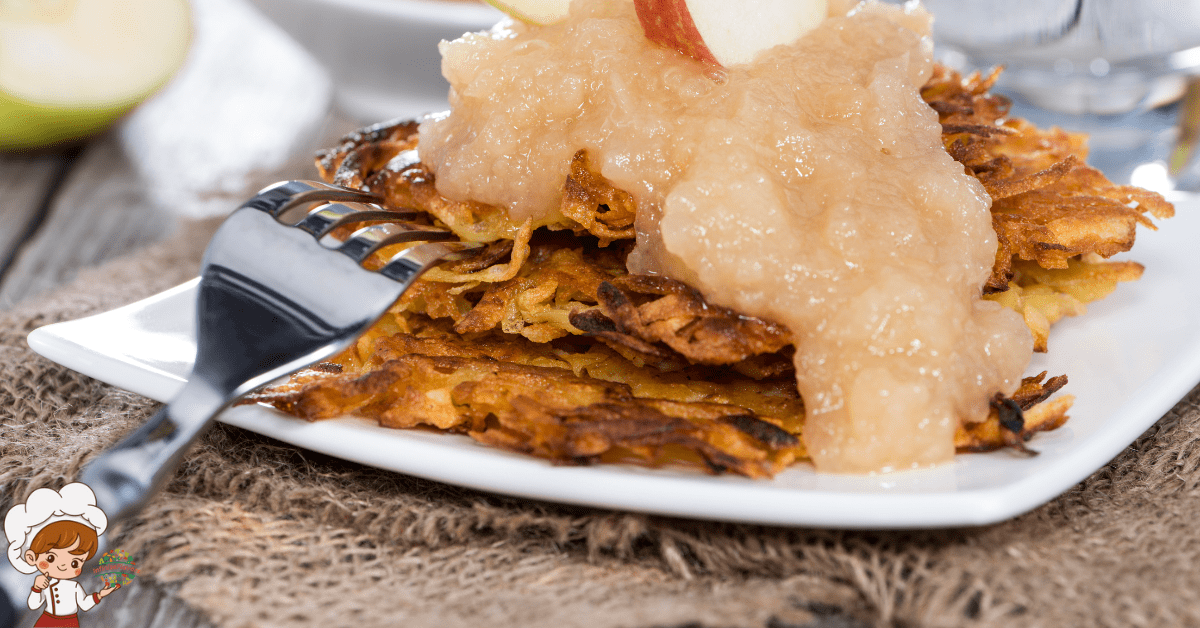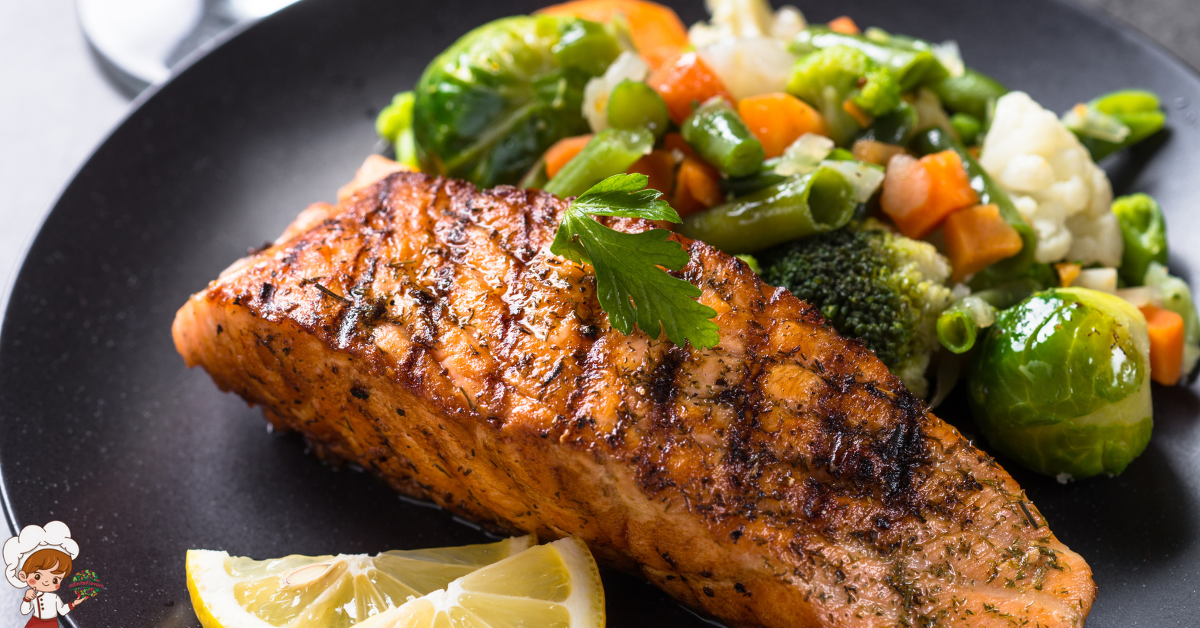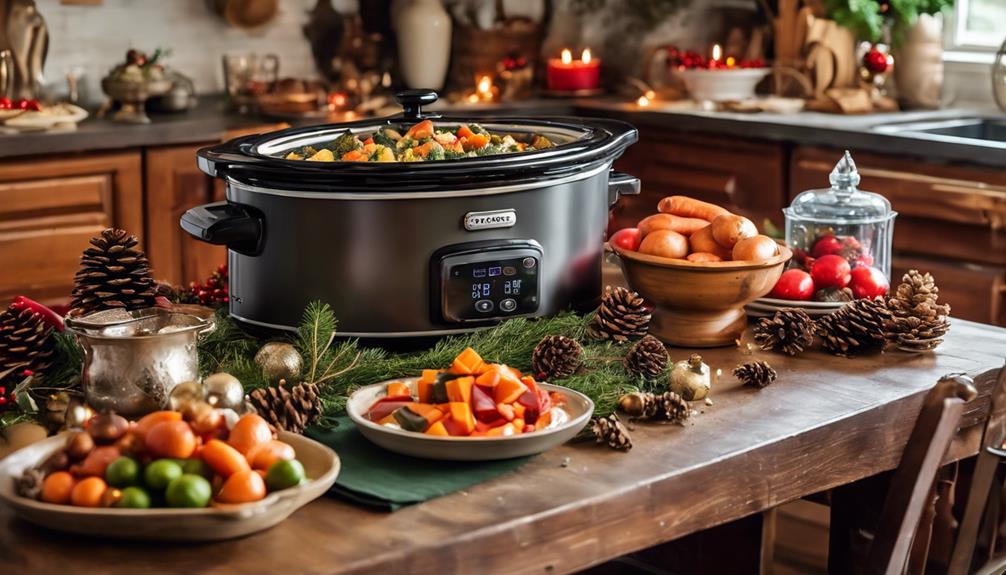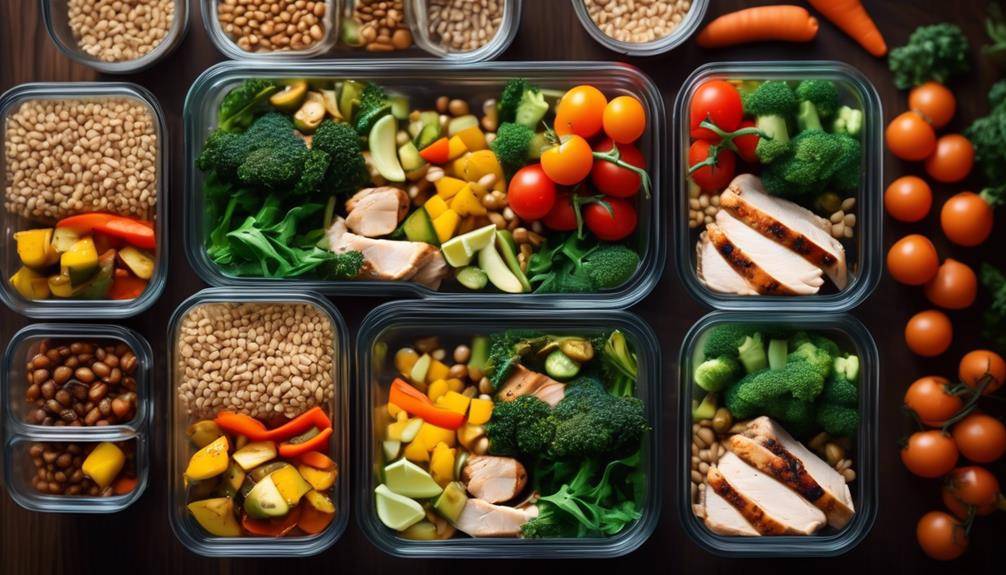How To: Ingredients Essential For Perfect Pastry Making
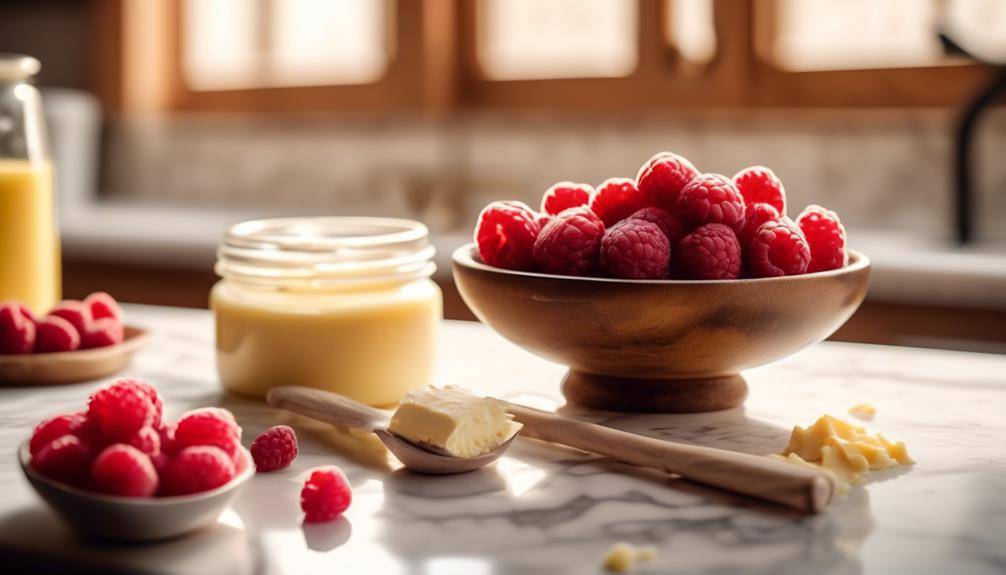
Ingredients Essential For Perfect Pastry Making; Perfect pastries require precision and a keen sense of balance. But what are the top ingredients that will elevate your pastry game to new heights? Ingredients Essential For Perfect Pastry Making; Look no further, as we guide you through the crucial components that will make your pastries a cut above the rest. From the foundation of flakiness provided by butter, to the secret ingredient of pastry flour that ensures light and tender crusts, we will explore the essential elements that will leave you craving more.
So, prepare to embark on a culinary journey where cold water keeps your pastries moist and crumbly, salt enhances their flavors, sugar adds sweetness and texture, eggs bind and add structure, and vanilla extract elevates the taste. Are you ready to unlock the secrets of perfect pastry making?
Butter: The Foundation of Flakiness
When it comes to creating the perfect flaky pastry, butter reigns supreme as the foundation of unparalleled flakiness. Its unique properties make it the go-to ingredient for achieving that desired light and airy texture. However, for those who are looking for butter alternatives or have dietary restrictions, there are ways to achieve a flaky texture without butter.
One popular alternative to butter is vegetable shortening. Shortening is made from hydrogenated vegetable oil and has a higher melting point than butter. This means that when it is incorporated into the dough, it creates pockets of fat that melt at a slower rate, resulting in a flaky texture. Additionally, shortening has a neutral flavor, allowing the other ingredients in the pastry to shine.
Another option is using lard, which is rendered pork fat. Lard has a similar composition to butter, making it an excellent substitute in pastry making. Like butter, lard has a high fat content and a lower water content, which contributes to its ability to create flakiness. Its rich flavor adds a savory element to the pastry, making it a popular choice for savory dishes.
For those who prefer a plant-based alternative, coconut oil can be used as a substitute for butter. Coconut oil has a high fat content and a solid consistency at room temperature, similar to butter. It can be used in a 1:1 ratio in recipes, and its subtle coconut flavor adds a unique twist to the pastry.
Pastry Flour: The Secret to Light and Tender Crusts
You’re about to uncover the secret to creating light and tender pastry crusts: pastry flour. Understanding the different types of flour and their unique textures and consistencies is key to achieving the perfect crust. In this discussion, we’ll explore the various flour options and share some expert pastry making tips to help you elevate your baking game. Get ready to transform your pastries into heavenly delights!
Flour Types
To achieve light and tender crusts in your pastries, consider the secret ingredient: pastry flour. When it comes to flour types, there are various options available to cater to different baking needs. Pastry flour, with its low protein content, is specifically designed to create delicate and flaky crusts. The low protein content in pastry flour results in less gluten formation, ensuring a tender texture. This makes it perfect for pastries like pie crusts, tarts, and cookies.
If you’re looking for gluten-free alternatives, there are options like almond flour, coconut flour, and rice flour that can be used as substitutes. These gluten-free flours provide unique flavors and textures, allowing individuals with dietary restrictions to still enjoy delicious pastries. So, next time you’re baking, don’t forget to choose the right flour for that perfect light and tender crust!
Texture and Consistency
Achieving the perfect light and tender crust in your pastries requires a secret ingredient that will elevate your baking game to a whole new level. That secret ingredient is pastry flour. Pastry flour is a low-protein flour that is finely milled, resulting in a soft and silky texture. It is specifically designed for making pastries, providing just the right balance of gluten development and tenderness.
Pastry flour creates a delicate, flaky crust that melts in your mouth. It is the key to achieving that perfect texture and consistency in your pastries. If you don’t have pastry flour on hand, you can try using a combination of all-purpose flour and cake flour as alternatives. However, be aware that these alternatives may not give you the exact same results. So, the next time you’re troubleshooting your pastry recipe, consider the flour you’re using and give pastry flour a try for that light and tender crust you desire.
Pastry Making Tips
For light and tender crusts that will leave your taste buds craving more, the secret lies in the use of pastry flour. Pastry flour is a low-protein flour specifically designed for making delicate pastries. It has a fine texture and a lower gluten content compared to all-purpose flour, which makes it perfect for achieving that light and tender crust.
When it comes to pastry making techniques, using pastry flour is crucial. It ensures that your crust will be flaky and melt-in-your-mouth delicious. However, if you find yourself encountering pastry problems, such as a tough or dense crust, it might be because you’re using the wrong type of flour. Troubleshooting these issues can be as simple as switching to pastry flour to achieve the perfect crust every time.
Cold Water: Keeping Your Pastry Moist and Crumbly
Using cold water is essential in creating the perfect pastry, as it helps maintain the desired moisture and crumbly texture. When making a pastry crust, moisture control is crucial, and cold water plays a vital role in achieving the desired outcome. Here are three reasons why cold water is an indispensable ingredient in pastry making:
- Preserves Flakiness: Cold water helps to keep the fat in the pastry dough cold, which is essential for achieving a flaky texture. When the cold water is mixed with the flour and fat, it slows down the formation of gluten, resulting in a tender and crumbly pastry crust.
- Reduces Gluten Development: Gluten is a protein that gives structure and elasticity to the dough. However, too much gluten can make the pastry tough and chewy. By using cold water, the gluten development is minimized, ensuring a delicate and crumbly pastry.
- Prevents Melting of Fat: In pastry making, it is crucial to keep the fat, such as butter or shortening, in a solid state. When cold water is added, it helps to maintain the low temperature, preventing the fat from melting too quickly. This is important because the solid fat creates pockets within the dough, which contributes to the flaky texture.
To ensure the best results, it is recommended to chill the water in the refrigerator for at least 30 minutes before using it in the pastry dough. Additionally, it is essential to handle the dough as little as possible to prevent the warmth from your hands from melting the fat. By incorporating cold water into your pastry making process, you can achieve a moist and crumbly texture that will impress even the most discerning pastry lovers.
Salt: Enhancing the Flavor of Your Pastries
To enhance the flavor of your pastries, salt is an essential ingredient that adds depth and complexity to every bite. Salt not only enhances the natural flavors of the other ingredients but also helps to balance their sweetness. It acts as a flavor enhancer, making your pastries taste more delicious and satisfying.
When it comes to pastry making, salt plays a crucial role in achieving the perfect texture. It helps to strengthen the gluten network in the dough, resulting in a flakier and more tender pastry. Additionally, salt helps to control the fermentation process by slowing down the yeast activity, which in turn allows the dough to rise evenly and develop a desirable crumb structure.
The type of salt you use can also make a difference in the flavor and texture of your pastries. Fine sea salt or kosher salt are commonly used in pastry making due to their fine texture and mild flavor. These types of salt dissolve easily and distribute evenly throughout the dough, ensuring consistent flavor in every bite.
However, it is important to use salt in moderation. Too much salt can overpower the other flavors in your pastries and make them taste overly salty. It is best to follow the recipe’s recommended amount of salt and adjust to taste if necessary.
Sugar: Adding Sweetness and Texture to Your Treats
Sugar, a key ingredient in pastry making, not only adds sweetness to your treats but also contributes to their texture and overall deliciousness. When it comes to creating the perfect pastries, sugar plays a crucial role. Here are three reasons why sugar is an essential component in your baking endeavors:
- Sweetness: Sugar is responsible for the delightful sweetness that we crave in pastries. It enhances the flavors of other ingredients and gives your treats a satisfying taste that keeps you coming back for more. Whether you’re baking cookies, cakes, or pies, sugar provides that perfect balance of sweetness that makes each bite a heavenly experience.
- Texture: Sugar doesn’t just add sweetness; it also plays a significant role in the texture of your pastries. When combined with fats like butter or oil, sugar helps create tender and moist baked goods. It provides moisture and structure, resulting in a soft and chewy texture for cookies and a light and fluffy crumb for cakes.
- Overall Deliciousness: The combination of sweetness and texture that sugar brings to your pastries ultimately contributes to their overall deliciousness. It adds depth and complexity to the flavors, creating a mouthwatering experience that is hard to resist. The caramelization of sugar during baking also adds a subtle hint of richness and depth, elevating the taste of your treats to a whole new level.
While sugar is an essential ingredient in pastry making, it’s important to be mindful of its impact on health. If you’re looking for alternatives to traditional sugar, there are various options available, such as honey, maple syrup, or natural sweeteners like stevia. Remember to use these alternatives in moderation and to consult with a healthcare professional if you have specific dietary needs.
Eggs: Binding and Adding Structure to Your Pastry
Eggs are a versatile and essential ingredient in pastry making, providing both binding properties and structural support to your delicious creations. When it comes to binding techniques, eggs are the go-to ingredient. The proteins in eggs coagulate when exposed to heat, creating a solid structure that holds the pastry together. The egg yolks contain fats that also contribute to the binding process, adding richness and moisture to your pastry.
In addition to binding, eggs also add structure to your pastry. The proteins in eggs create a network that helps the pastry hold its shape during baking. This is particularly important for delicate pastries, such as puff pastry or soufflés, where a strong structure is essential for a successful outcome.
While eggs are the traditional binder in pastry making, there are alternative binders for those who have dietary restrictions or allergies. For example, you can use mashed bananas or applesauce as a substitute for eggs in certain recipes. These alternatives provide a similar binding effect, although the taste and texture of the final product may be slightly different.
When using eggs in your pastry, it’s important to handle them properly. Always use fresh eggs and crack them into a separate bowl before adding them to your mixture. This way, you can check for any shell fragments or spoiled eggs before incorporating them into your pastry.
Vanilla Extract: Elevating the Taste of Your Pastries
Vanilla extract, with its aromatic and flavorful qualities, is a key ingredient that enhances the taste and elevates the overall experience of your pastries. It adds a delightful depth of flavor and a hint of sweetness that complements a wide range of pastry recipes. Whether you’re making cookies, cakes, or pastries, vanilla extract is a versatile ingredient that can take your creations to the next level. Here are some discussion ideas to help you explore the world of vanilla extract:
- Different types of vanilla extract and their flavor profiles:
- Madagascar vanilla extract: Known for its rich and creamy flavor, Madagascar vanilla extract is the most commonly used type. It has a sweet and buttery taste that pairs well with a variety of desserts.
- Mexican vanilla extract: Mexican vanilla extract has a bold and spicy flavor profile with notes of cinnamon and nutmeg. It adds a unique twist to your pastries and is perfect for those who enjoy a little extra kick.
- Tahitian vanilla extract: Tahitian vanilla extract is prized for its floral and fruity flavor. It has a delicate and perfumed taste that adds a touch of elegance to your pastries.
- Creative ways to incorporate vanilla extract into pastry recipes:
- Add a splash of vanilla extract to your cookie dough for a subtle yet irresistible flavor boost.
- Use vanilla extract to enhance the taste of your pastry cream, custard, or frosting.
- Infuse vanilla extract into your homemade ice cream or sorbet for a velvety and indulgent treat.
With its wide range of flavor profiles and versatile uses, vanilla extract is a must-have ingredient for any pastry enthusiast. So go ahead, experiment with different types of vanilla extract and discover new ways to elevate the taste of your pastries. Your taste buds will thank you.
Ingredients Essential For Perfect Pastry Making; Frequently Asked Questions
Can I Substitute Butter With Margarine or Oil in Pastry Recipes?
You can substitute butter with margarine or oil in pastry recipes, but be aware that it may affect the texture and flavor. Margarine can make the pastry greasier, while oil can make it less flaky.
What Is the Difference Between Pastry Flour and All-Purpose Flour?
Pastry flour is a must-have for perfect pastries. It has a lower protein content than all-purpose flour, resulting in a tender and delicate texture. Unlike cake flour, it still has enough gluten for structure.
How Can I Prevent My Pastry From Becoming Too Dry During Baking?
To prevent your pastry from becoming too dry during baking, there are a few tips you can follow. First, make sure to use cold butter and water, as this helps achieve a flaky texture. Additionally, you can add a bit of milk or cream to the dough for extra moisture.
Is It Necessary to Use Both Salt and Sugar in Pastry Recipes?
You don’t have to use both salt and sugar in pastry recipes, but they play important roles. Salt enhances flavor and balances sweetness, while sugar adds sweetness and helps with browning and texture. Alternatives to these ingredients can be used based on personal preference.
Can I Use Egg Substitutes or Flaxseed as a Binder in Pastry Recipes Instead of Eggs?
You can definitely use egg substitutes or flaxseed as a binder in pastry recipes instead of eggs. This allows for egg-free alternatives and flaxseed brings added benefits as a binder in pastries.
Conclusion
In conclusion, mastering the art of pastry making requires a careful selection of ingredients. Butter provides the foundation for flakiness, while pastry flour ensures a light and tender crust. Cold water keeps the pastry moist and crumbly, while salt enhances the flavor. Sugar adds sweetness and texture, while eggs bind and provide structure. Finally, a touch of vanilla extract elevates the taste of your pastries. With these essential ingredients, you will be well on your way to creating perfect, mouthwatering treats.



